Home>Garden Essentials>Garden Plants>How Long To Dehydrate Thyme
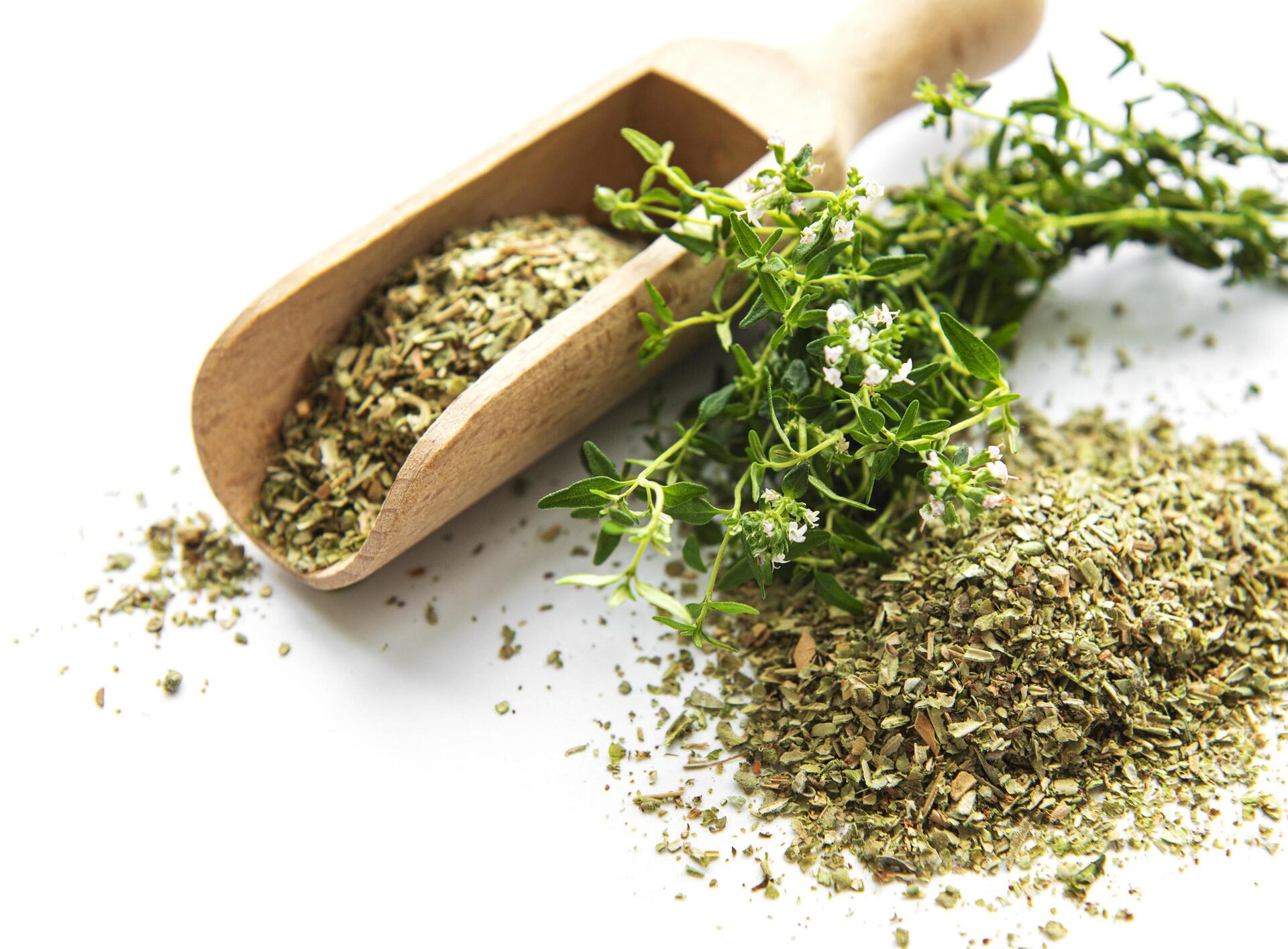

Garden Plants
How Long To Dehydrate Thyme
Modified: February 24, 2024
Learn how long it takes to dehydrate thyme plants and get the most out of your herb garden.
(Many of the links in this article redirect to a specific reviewed product. Your purchase of these products through affiliate links helps to generate commission for Storables.com, at no extra cost. Learn more)
Introduction
Welcome to our comprehensive guide on how to dehydrate thyme. Thyme is a versatile and aromatic herb that adds a burst of flavor to various dishes. While fresh thyme is delightful to use, dehydrating it is an excellent way to preserve its flavor and extend its shelf life. In this article, we will explore the dehydration process of thyme, including the methods, techniques, and optimal temperature and time requirements. We will also provide tips and tricks to ensure successful dehydration and proper storage of dehydrated thyme.
Dehydrating thyme offers several advantages. Firstly, it concentrates the flavor of the herb, intensifying its taste and aroma. It also removes the moisture content, allowing the thyme to last much longer without spoiling. Dehydrated thyme is incredibly convenient to use in cooking, as it can be easily crumbled or powdered and added to dishes such as soups, stews, marinades, and sauces. Additionally, dehydrated thyme takes up significantly less storage space compared to fresh thyme, making it a practical option for those with limited pantry space.
Before delving into the specifics of the dehydration process, it is essential to understand the science behind it. Dehydration involves removing the water content from the thyme, which eliminates the environment suitable for bacterial growth and enzymatic reactions that can cause spoilage. By dehydrating thyme, we can effectively extend its shelf life, ensuring that it retains its flavor and aroma for an extended period.
In the following sections, we will provide step-by-step instructions on how to prepare thyme for dehydration, the different methods and techniques you can use, and the ideal temperature and time requirements for successful dehydration. We will also guide you on how to determine if your thyme is fully dried and teach you the best practices for storing dehydrated thyme. Whether you are a cooking enthusiast or an avid gardener looking to preserve your homegrown thyme, this guide will equip you with all the information you need to dehydrate thyme like a pro.
So let’s dive in and discover the wonderful world of dehydrated thyme!
Key Takeaways:
- Dehydrating thyme intensifies its flavor, extends its shelf life, and adds convenience to cooking. Proper preparation, gentle drying, and careful storage are key to successful dehydration.
- Understanding the dehydration process, optimal temperature and time requirements, and storage techniques are essential for preserving the flavor and aroma of dehydrated thyme. Experiment with different methods and enjoy the convenience of using dehydrated thyme in various dishes.
Read more: How Long To Dry Thyme In A Dehydrator
Understanding the Dehydration Process
Dehydration is a process that involves removing the moisture content from herbs, fruits, vegetables, or any other food item. By eliminating water, we create an environment that inhibits the growth of bacteria, yeast, and molds, thus preventing spoilage. For thyme, dehydration not only extends its shelf life but also intensifies its flavor and aroma.
When dehydrating thyme, it is crucial to understand that moisture content plays a significant role in determining the quality and longevity of the dried herb. The ideal moisture content for dehydrated thyme is around 5-8%. Anything higher than this can lead to mold development and deterioration of the herb’s flavor and color.
The dehydration process involves exposing thyme to low temperatures over a extended period. Low temperatures are used to prevent the degradation of the herb’s essential oils and flavor compounds. Slow, gentle drying ensures that the herbs retain their vibrant color, strong aroma, and flavor.
There are several methods to dehydrate thyme, including air drying, using a food dehydrator, or an oven. Each method has its advantages and considerations. Air drying allows for a more natural and gentle drying process, while a dehydrator provides consistent heat and airflow. An oven can also be used, but careful monitoring is required to prevent overheating and uneven drying.
While the process of dehydration may seem straightforward, there are a few factors to consider to achieve optimal results. First and foremost, it is essential to start with fresh and healthy thyme. Avoid using wilted or damaged leaves, as they may not dehydrate properly and could introduce unwanted flavors or contaminants.
Cleaning the thyme before dehydration is also crucial. Rinse the sprigs of thyme under cold water to remove any dirt or debris. Gently pat dry the leaves with a clean towel and allow them to air dry completely before proceeding with the dehydration process.
By understanding the principles behind the dehydration process and taking the necessary steps to ensure the quality of the thyme, you are well on your way to successfully dehydrating this aromatic herb. In the next section, we will provide a step-by-step guide on how to prepare thyme for dehydration.
Preparing Thyme for Dehydration
Before you begin the dehydration process, it is important to properly prepare your thyme to ensure the best results. Follow these steps to get your thyme ready for drying:
- Harvesting: Choose the healthiest, most flavorful sprigs of thyme from your garden, or obtain fresh thyme from your local market. Thyme is best harvested before it flowers, as the leaves contain the most flavor at this stage.
- Cleaning: Rinse the thyme sprigs under cool running water to remove any dirt, dust, or pesticides that may be present. Gently shake off any excess water.
- Drying: Pat the thyme sprigs dry with a clean kitchen towel or paper towel. Allow the thyme to air dry completely, ensuring that there is no visible moisture before proceeding to the next step.
- Trimming: Remove any tough stems or discolored leaves from the thyme sprigs. Trim off any damaged or wilted portions of the plant.
- Separating: Strip the thyme leaves from the stems. Hold the top end of the thyme sprig between your thumb and forefinger and gently slide your fingers down the stem, removing the leaves as you go. Discard the stems or save them for other uses, such as infusing flavor into oils or stocks.
- Optional: Washing: While washing the thyme is not necessary at this stage, if you prefer to wash it after separating the leaves from the stems, make sure to pat it dry thoroughly before proceeding.
Once you have completed these steps, your thyme is ready for dehydration. Properly preparing the thyme ensures that any impurities or excess moisture are removed, resulting in a higher-quality dried herb. The next section will cover the various methods and techniques you can use to dehydrate thyme.
Dehydrating Thyme: Methods and Techniques
When it comes to dehydrating thyme, there are several methods and techniques you can employ. Each method has its own benefits and considerations, so you can choose the one that best fits your needs and resources. Here are some popular methods for dehydrating thyme:
- Air Drying: Air drying is the most natural and straightforward method of dehydrating thyme. Simply spread the thyme sprigs in a single layer on a drying rack or a clean, dry surface. Place them in a well-ventilated area away from direct sunlight. Allow the thyme to air dry for about 1 to 2 weeks, or until the leaves become dry and brittle.
- Using a Food Dehydrator: A food dehydrator is a convenient and efficient way to dehydrate thyme. Arrange the thyme sprigs in a single layer on the dehydrator trays, making sure there is enough space between them for proper airflow. Set the dehydrator to a low temperature, usually around 95°F to 115°F (35°C to 46°C), and let it run for 2 to 4 hours, or until the thyme leaves are completely dry and crumbly.
- Using an Oven: If you don’t have a food dehydrator, you can use your oven to dehydrate thyme. Preheat the oven to its lowest setting, usually around 140°F (60°C) or the lowest temperature available. Place the thyme sprigs on a baking sheet lined with parchment paper, ensuring they are in a single layer and not overlapping. Prop open the oven door slightly to allow moisture to escape. Leave the thyme in the oven for 2 to 4 hours, or until the leaves are thoroughly dried.
Regardless of the method you choose, it is important to monitor the thyme closely during the dehydration process. The drying time may vary depending on factors such as humidity levels, thickness of the leaves, and the method used. Check for dryness periodically by gently crushing a leaf between your fingers. If it crumbles easily, the thyme is adequately dehydrated.
It is worth noting that each method may result in a slightly different flavor profile. Air drying tends to preserve the herbal notes of thyme, while using a dehydrator or oven can intensify its aroma and flavor. Experiment with different methods to find your preferred outcome.
Now that you are familiar with the various methods and techniques for dehydrating thyme, it’s time to explore the optimal temperature and time requirements for successful dehydration. This will be covered in the next section.
Temperature and Time Requirements for Dehydrating Thyme
Dehydrating thyme requires gentle heat and proper temperature control to preserve its flavor, color, and essential oils. Here are the optimal temperature and time requirements for successful dehydration:
- Air Drying: When air drying thyme, it is important to choose a well-ventilated area with low humidity. The ideal temperature range for air drying is around 68°F to 95°F (20°C to 35°C). The drying process can take anywhere from 1 to 2 weeks, depending on the thickness of the leaves and the conditions of your drying location.
- Food Dehydrator: To dehydrate thyme using a food dehydrator, set the temperature to the lowest setting, usually between 95°F to 115°F (35°C to 46°C). The drying time will typically range from 2 to 4 hours, depending on the moisture content of the thyme and the thickness of the leaves. Keep a close eye on the thyme to ensure it does not overdry.
- Oven Drying: If using an oven, preheat it to its lowest setting, usually around 140°F (60°C) or the lowest temperature available. The drying process in the oven can take 2 to 4 hours, depending on the thickness of the leaves and the moisture content. It is crucial to check the thyme regularly to prevent overheating or burning.
Proper temperature control is vital to avoid degradation of the thyme’s essential oils and loss of flavor. Slow and gentle drying helps retain the integrity of the herb, resulting in a high-quality end product.
It is important to note that these temperature and time requirements are guidelines and can vary depending on factors such as humidity levels, equipment efficiency, and the specific variety of thyme being dried. Therefore, it is essential to monitor the drying process and adjust the temperature or time as needed to achieve the desired results.
In the next section, we will discuss how to determine if your thyme is fully dehydrated and ready for storage.
To dehydrate thyme, spread the sprigs on a baking sheet and dry in a 95°F (35°C) oven for 1-2 hours, or use a dehydrator at 95°F (35°C) for 1-2 hours.
Checking for Thyme Drying Completion
Knowing when your thyme is fully dehydrated is key to achieving optimal results and avoiding any moisture that can lead to mold or spoilage. Here are a few ways to check if your thyme has dried completely:
- Visual Inspection: Examine the thyme sprigs for any remaining signs of moisture. The leaves should appear dry, brittle, and crumbly to the touch. There should be no signs of wilting or discoloration.
- Touch Test: Take a few thyme leaves and crush them gently between your fingers. If they break apart easily and turn into a fine powder, it is a good indication that the thyme is adequately dehydrated. If the leaves are still moist or pliable, they need more time to dry.
- Weighing: Weigh a small sample of the dried thyme before and after dehydration. If the weight has significantly decreased, it indicates that the moisture content has been reduced, indicating successful dehydration.
It is important to note that the drying process may take longer for thicker or more densely packed leaves. Additionally, factors such as humidity levels and the drying method used can affect the time required for complete dehydration. Therefore, it is essential to be patient and thorough in checking for drying completion.
If you are unsure whether your thyme is completely dried, it is always better to err on the side of caution and continue the dehydration process for a little longer. Over-drying the thyme is preferable to under-drying, as excess moisture can lead to spoilage and mold growth.
Once you have confirmed that your thyme is fully dehydrated, it is time to move on to the next step: storing your dehydrated thyme properly. This will be discussed in detail in the following section.
Storing Dehydrated Thyme
Proper storage is essential to maintain the quality and flavor of your dehydrated thyme over an extended period. Here are some tips to ensure that your thyme stays fresh and potent:
- Cool and Dry Environment: Store your dehydrated thyme in a cool and dry place away from direct sunlight. Exposure to heat and light can cause the dried herb to lose its flavor and aroma more quickly.
- Airtight Containers: Transfer the dried thyme to airtight containers, such as glass jars or resealable plastic bags. This will prevent moisture from entering and prolong the shelf life of the herb.
- Labeling: Properly label your containers with the date of drying and the type of herb. This will help you keep track of the freshness of your thyme and avoid confusion with other herbs.
- Dark Storage: If possible, store the containers in a dark cupboard or pantry. Darkness helps preserve the color and flavor of the dried thyme.
- Whole Leaves vs. Ground: You can store your dehydrated thyme as whole leaves or grind them into a powder. Whole leaves retain their flavor longer, so if you prefer a fresher taste, store the thyme leaves intact and crush or grind them just before using.
When stored properly, dehydrated thyme can maintain its flavor and potency for up to a year. However, it is recommended to use it within six months for the best quality and taste.
Remember to inspect your stored thyme periodically for any signs of moisture, mold, or insect infestation. Discard any dried thyme that appears discolored, has an off smell, or shows signs of spoilage.
By following these guidelines, you can enjoy the delightful flavor and aroma of your dehydrated thyme in your culinary creations for months to come.
In the next section, we will provide additional tips and tricks to help you achieve successful dehydration and preservation of your thyme.
Tips and Tricks for Dehydrating Thyme
To ensure successful dehydration and optimal flavor retention for your thyme, consider the following tips and tricks:
- Harvest in the Morning: Harvest your thyme in the morning when the essential oils are at their peak. This will result in a more flavorful end product.
- Use Thinly Densely Packed Layers: When air drying, ensure that the thyme sprigs are spread in a single layer with enough space between them. Thinly packed layers allow for better airflow and more even drying.
- Rotate and Flip: If air drying your thyme, rotate and flip the sprigs once a day to promote even drying.
- Check for Hidden Moisture: Even if the thyme leaves appear dry, check the stems for any hidden moisture. The stems can retain moisture even when the leaves have dried completely.
- Avoid Overheating: When using an oven or a dehydrator, ensure that the temperature does not exceed the recommended range. Overheating can lead to loss of flavor and browning of the thyme.
- Add Drying Agents: To expedite the drying process and prevent mold growth in areas with high humidity, you can add drying agents like silica gel or rice grains to the drying area.
- Store Leaves Whole: Consider storing your dehydrated thyme leaves as whole leaves instead of crushing them. This helps retain the essential oils and flavors for a longer period.
- Experiment with Blending: Consider blending your dehydrated thyme with other dried herbs like rosemary, oregano, or basil to create custom seasoning blends for specific dishes.
- Label and Date: Keep track of the date of dehydration and label your containers properly with the herb name. This will ensure you use the oldest thyme first and avoid confusion with other herbs.
By implementing these tips and tricks, you can enhance the efficiency and quality of your thyme dehydration process, resulting in a flavorful and long-lasting end product.
Finally, let’s conclude our guide on dehydrating thyme in the following section.
Conclusion
Dehydrating thyme is an excellent way to extend its shelf life, intensify its flavor, and add convenience to your culinary adventures. By removing the moisture content from thyme, you create a flavor-packed herb that can be easily incorporated into various dishes.
In this comprehensive guide, we have discussed the importance of understanding the dehydration process and how it preserves the flavor and aroma of thyme. We have provided step-by-step instructions on preparing thyme for dehydration, exploring different methods and techniques, and determining drying completion.
Furthermore, we have covered the optimal temperature and time requirements for dehydrating thyme, offering tips for successful dehydration. We have also delved into the proper storage techniques to ensure the longevity and quality of your dehydrated thyme.
Remember, thyme is just one herb you can dehydrate. Feel free to explore and experiment with other herbs and ingredients to enhance your culinary repertoire.
With the knowledge gained from this guide, you are now equipped with the tools to dehydrate thyme like a pro. Whether you are a seasoned home cook or a beginner in the kitchen, dehydrating thyme allows you to harness its flavors all year round.
So go ahead, harvest your fresh thyme, prepare it for drying, and enjoy the transformation as it becomes a treasure trove of flavor. Embrace the versatility and convenience of dehydrated thyme in your cooking, and elevate your dishes to new heights.
Now it’s time to put your newfound knowledge into practice and embark on your dehydrating journey with thyme. Happy dehydrating!
Frequently Asked Questions about How Long To Dehydrate Thyme
Was this page helpful?
At Storables.com, we guarantee accurate and reliable information. Our content, validated by Expert Board Contributors, is crafted following stringent Editorial Policies. We're committed to providing you with well-researched, expert-backed insights for all your informational needs.
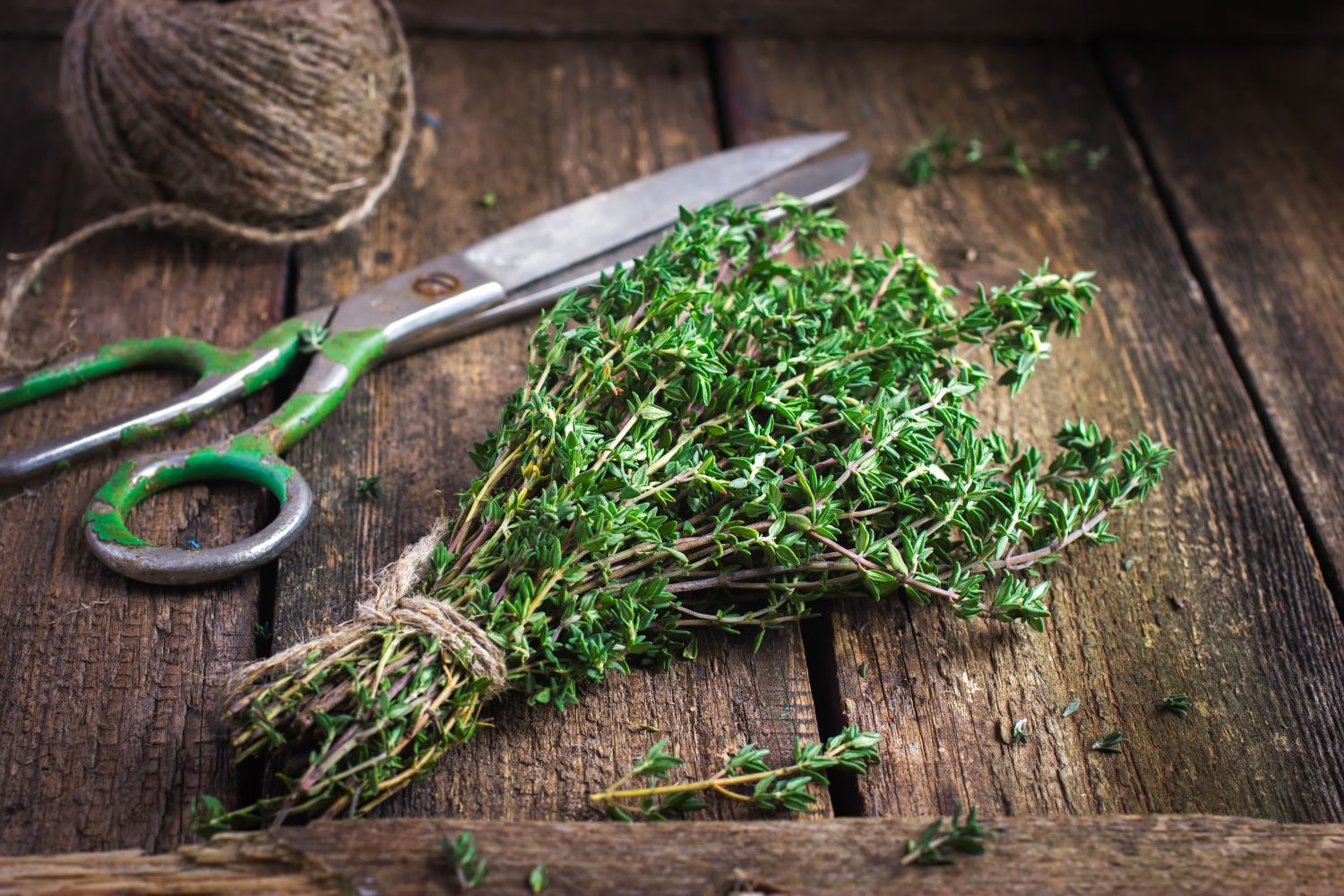
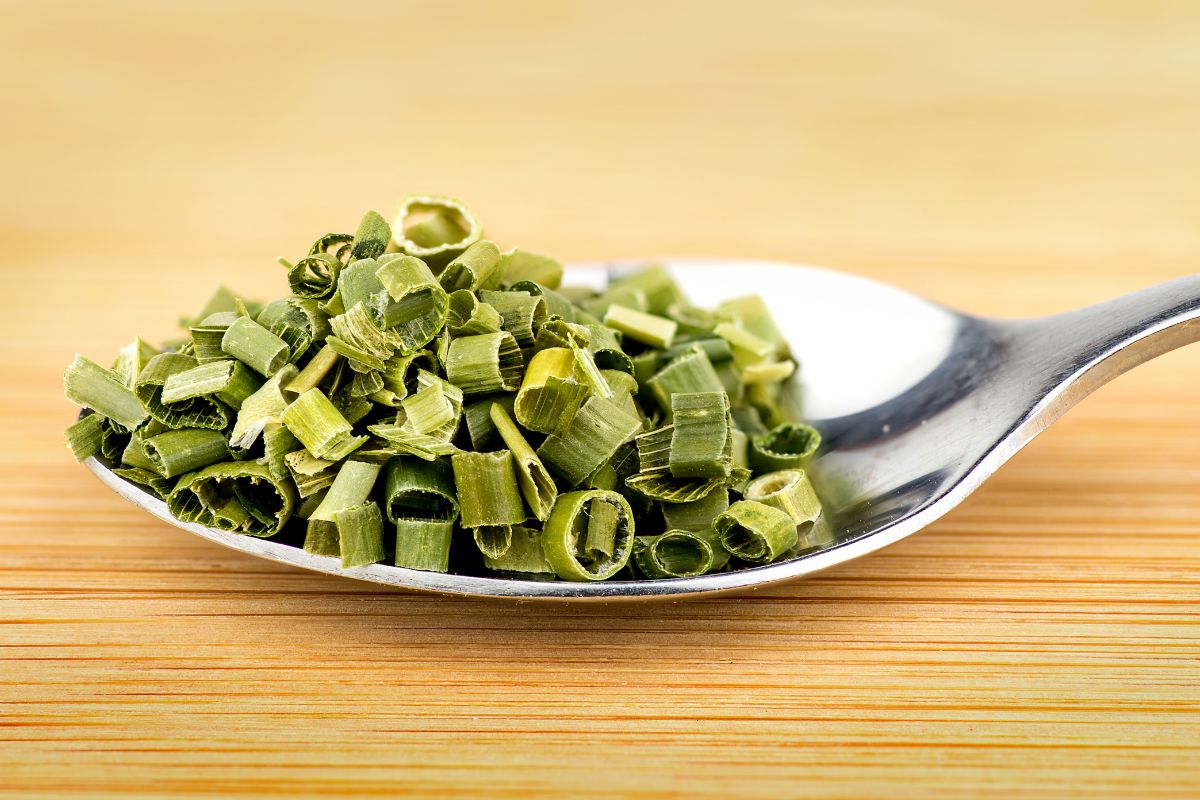
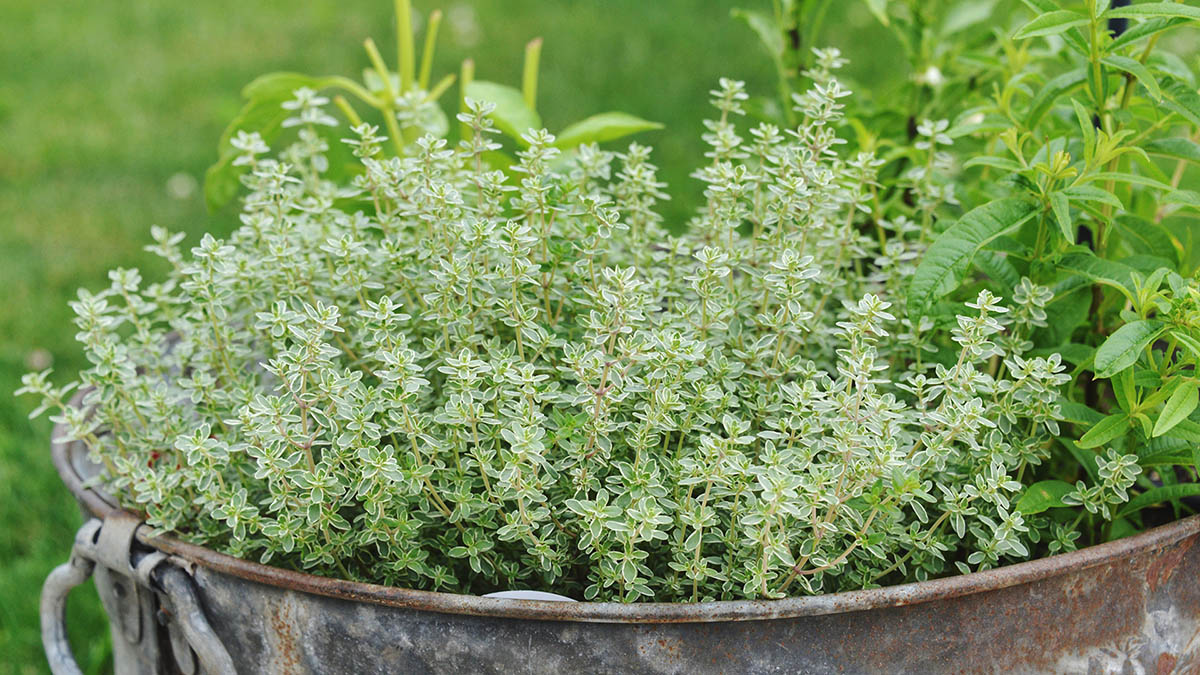
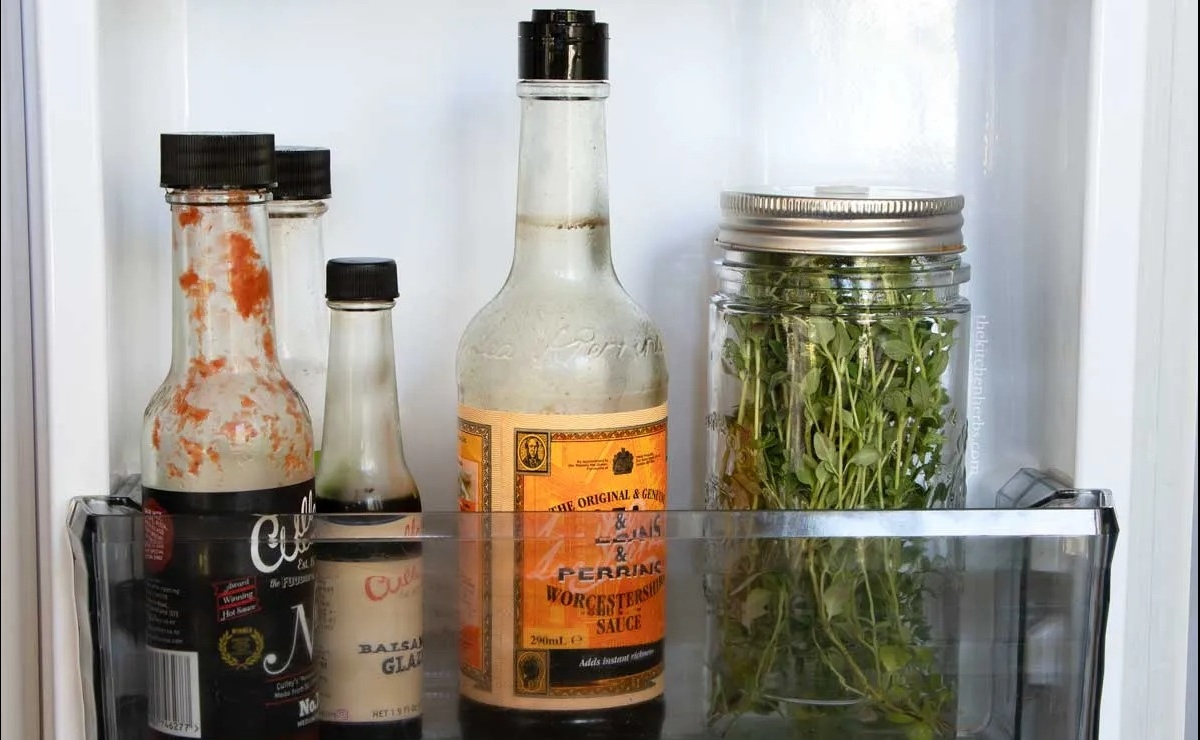
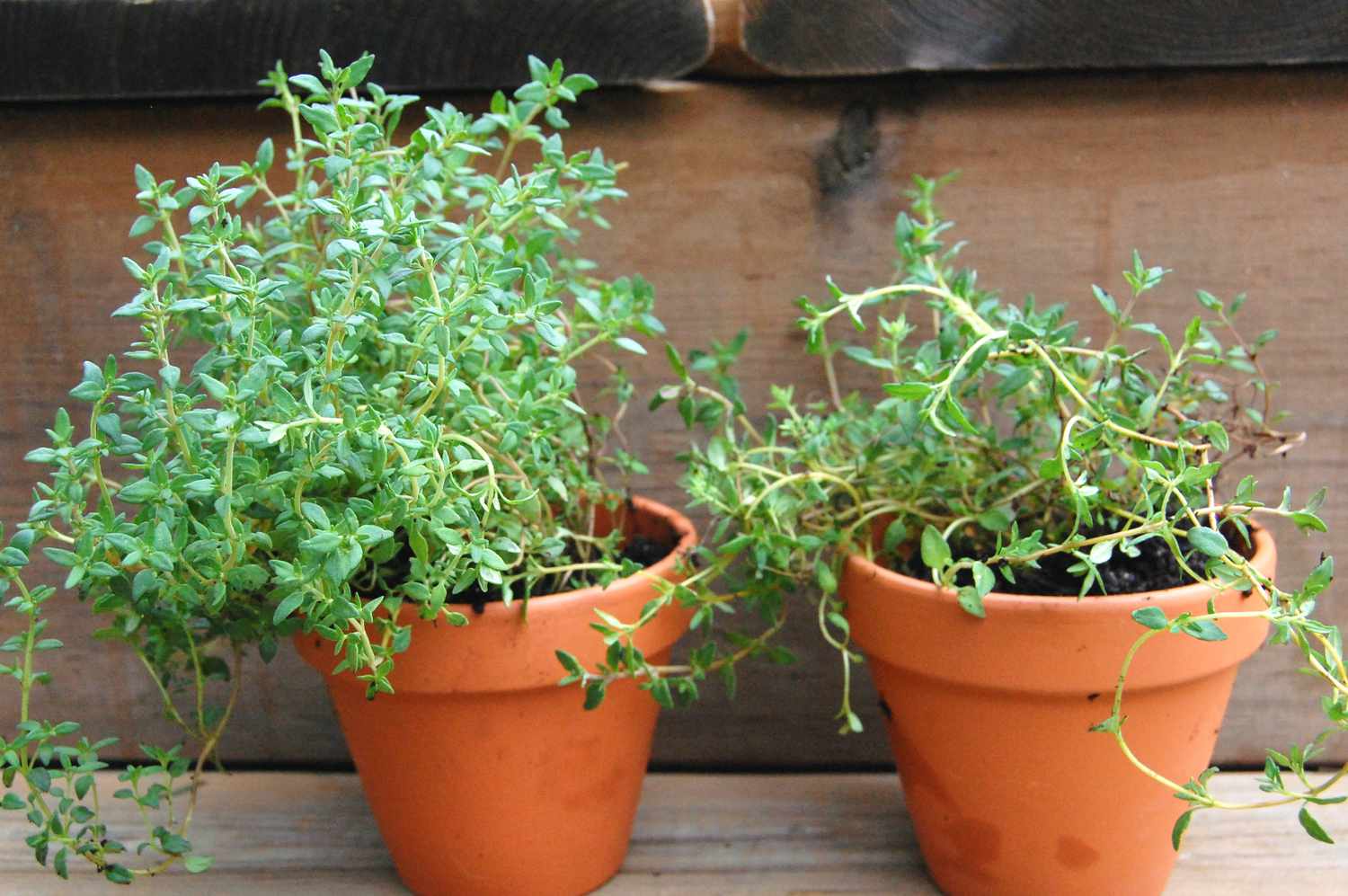
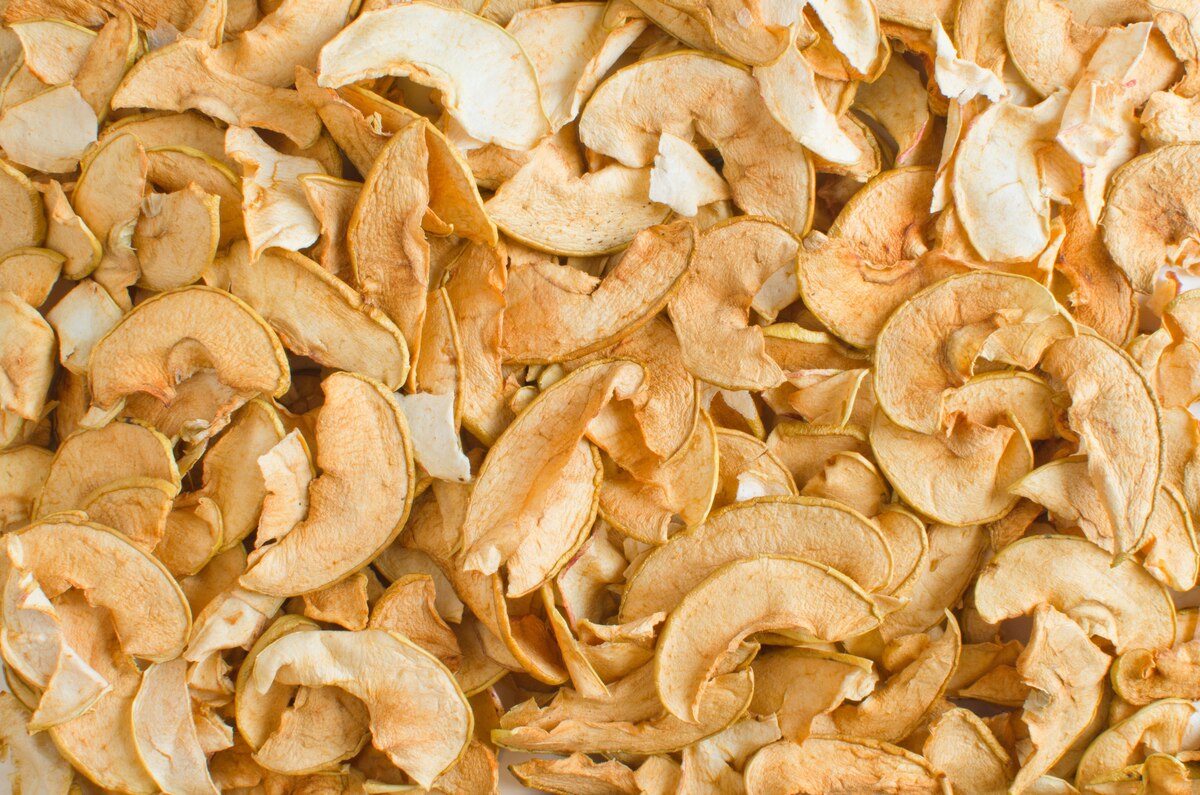
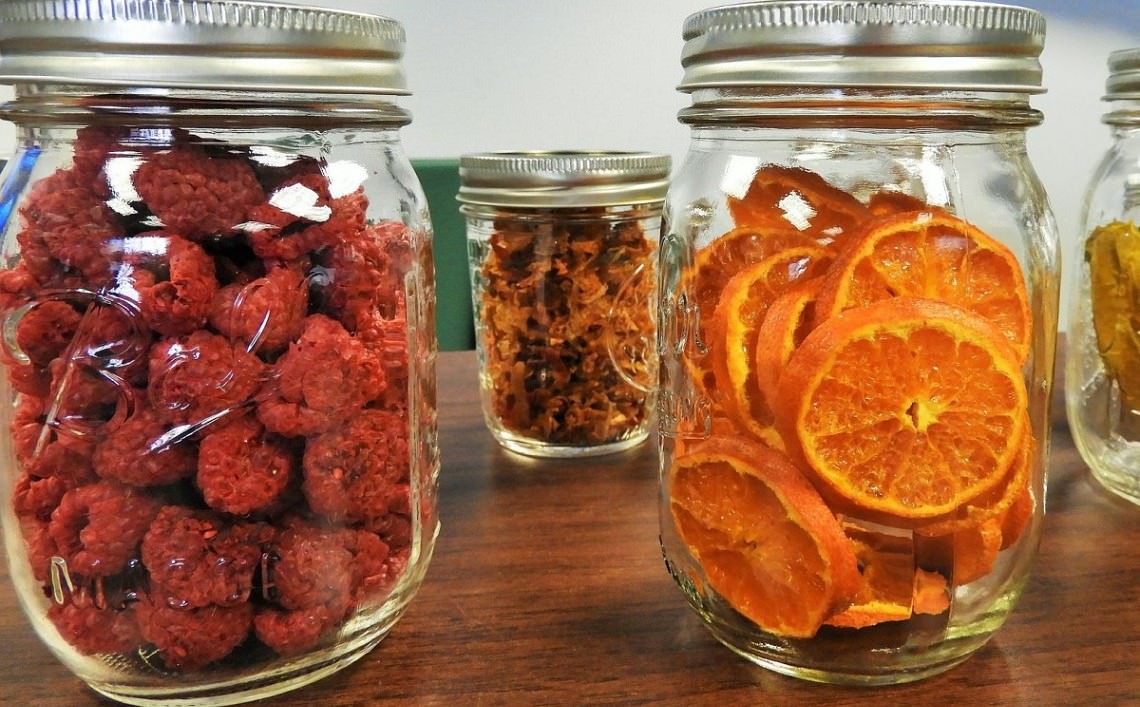
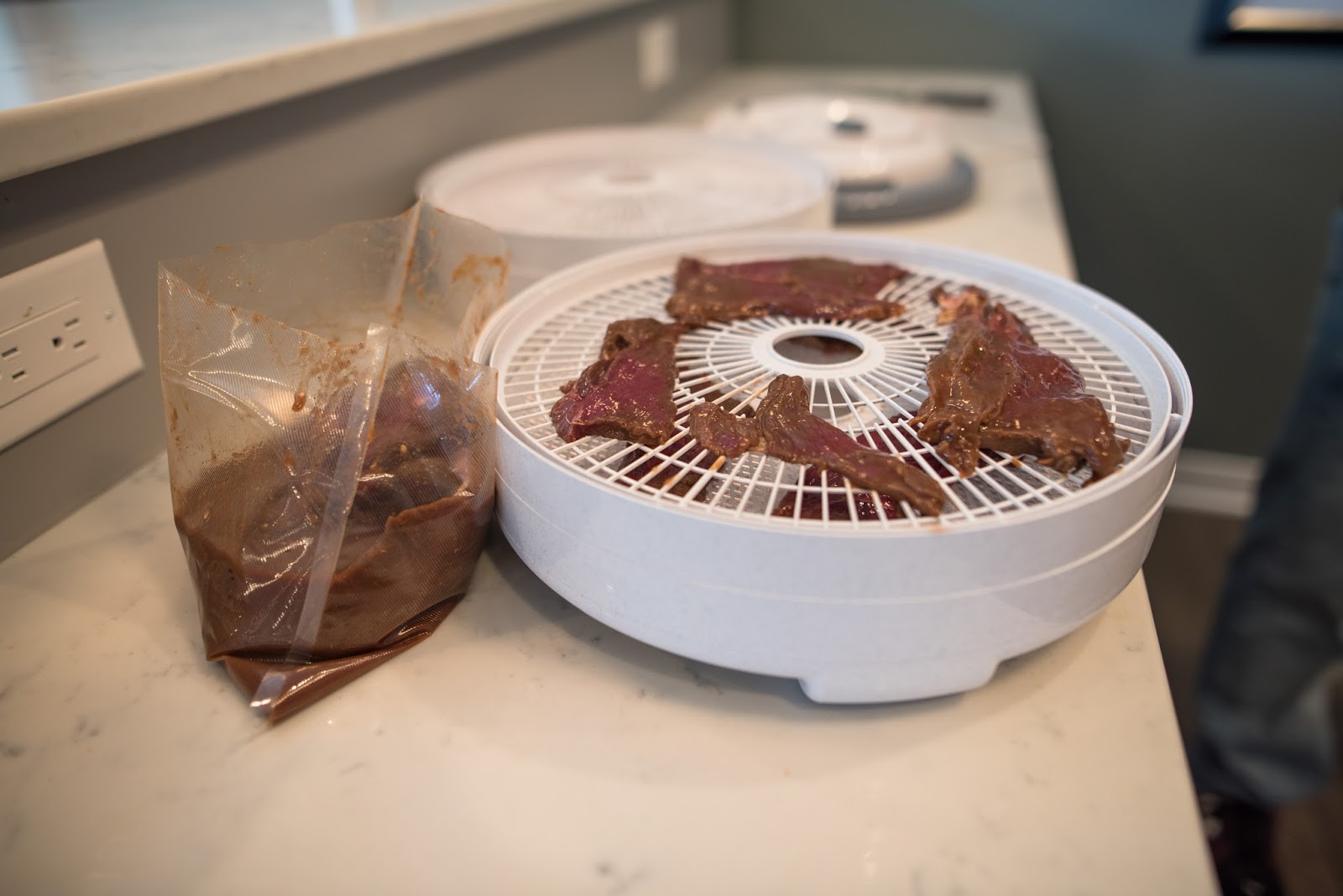
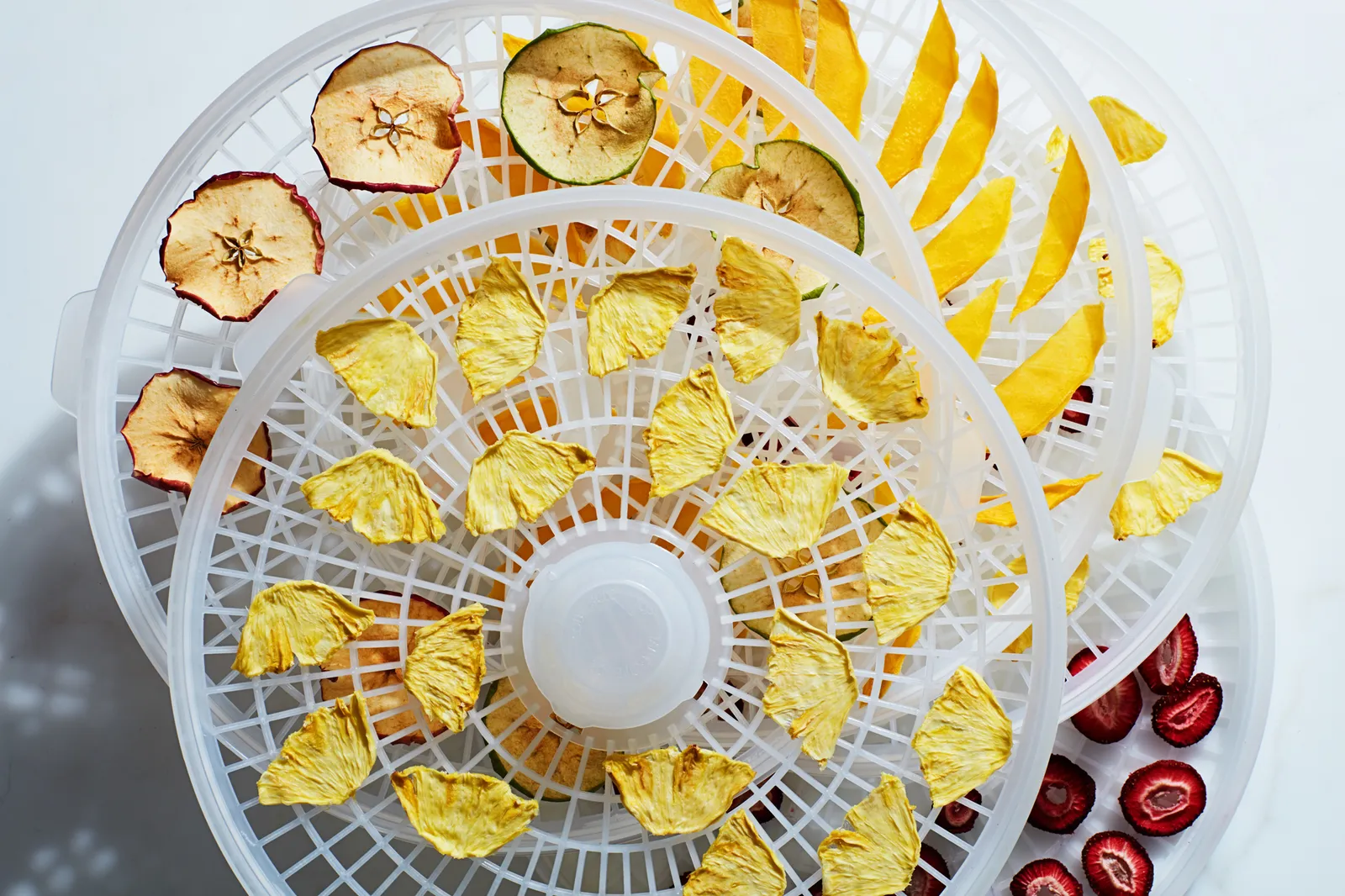
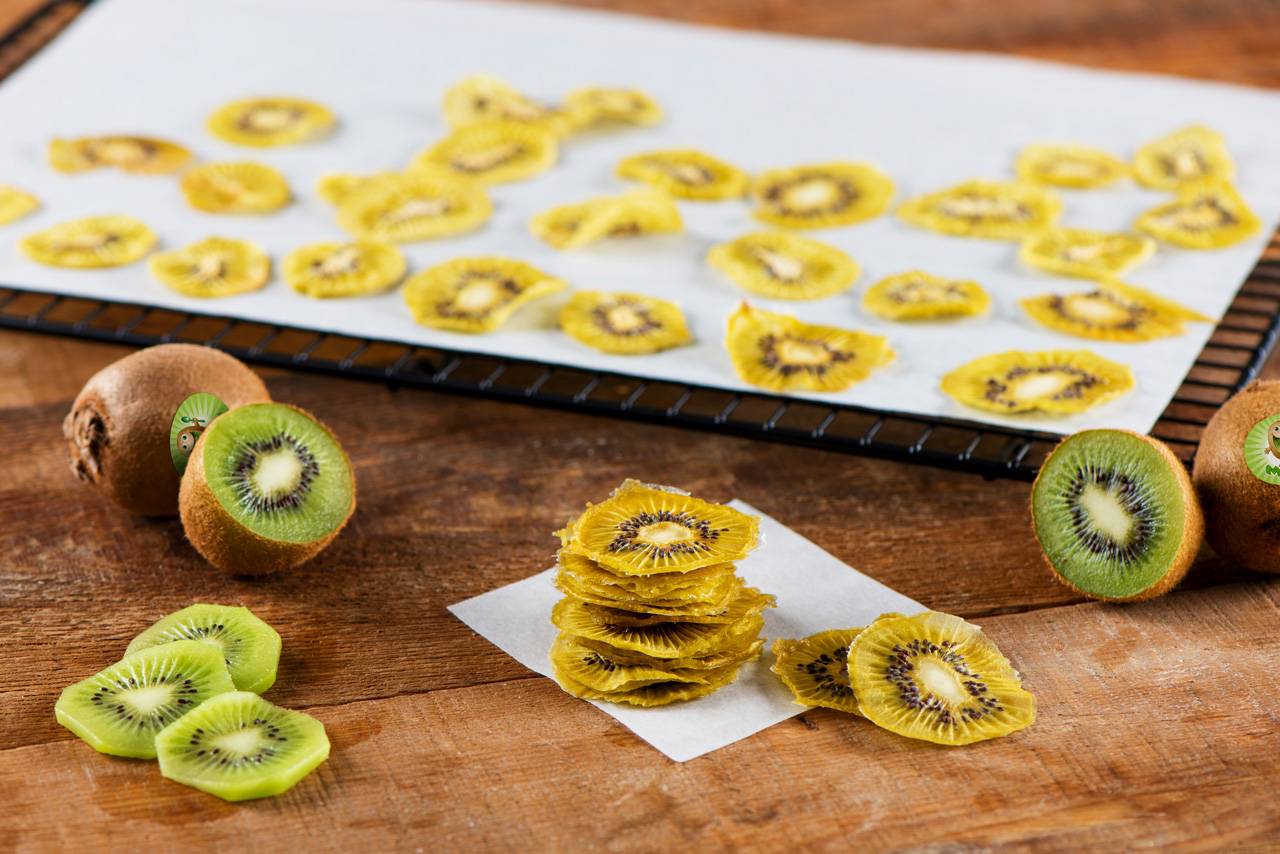
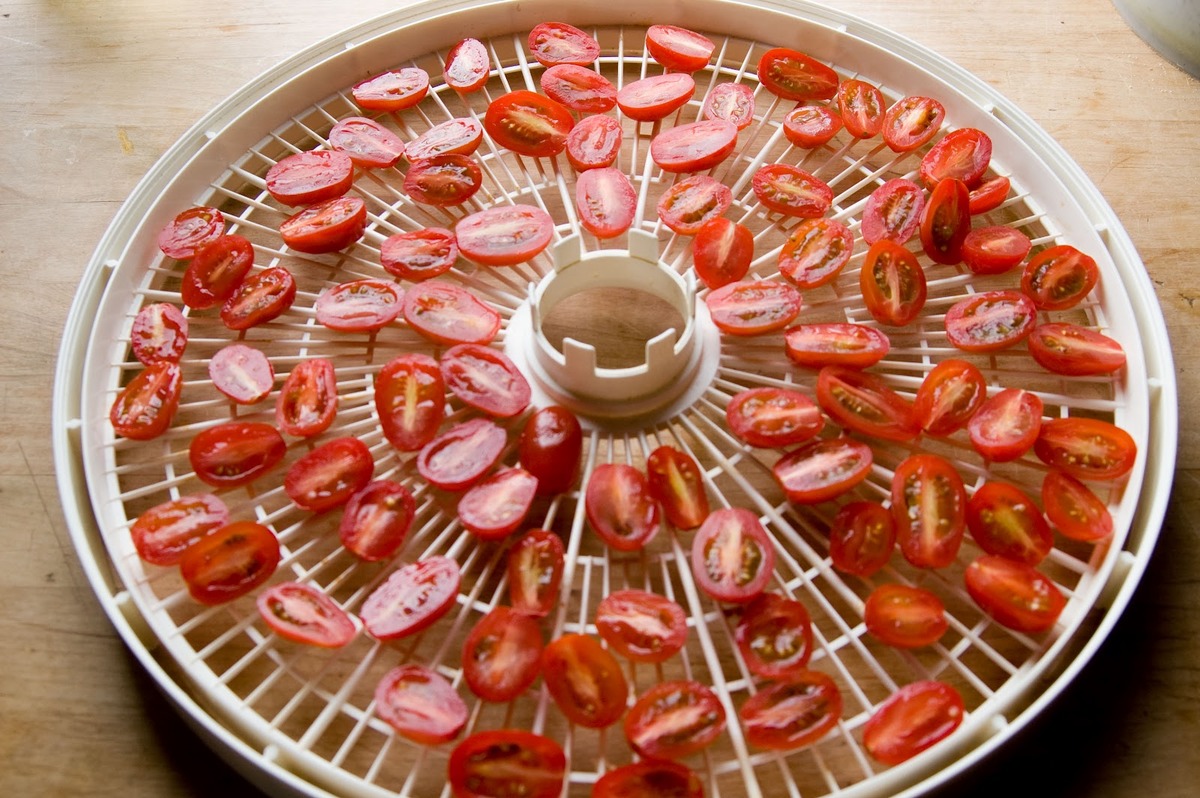
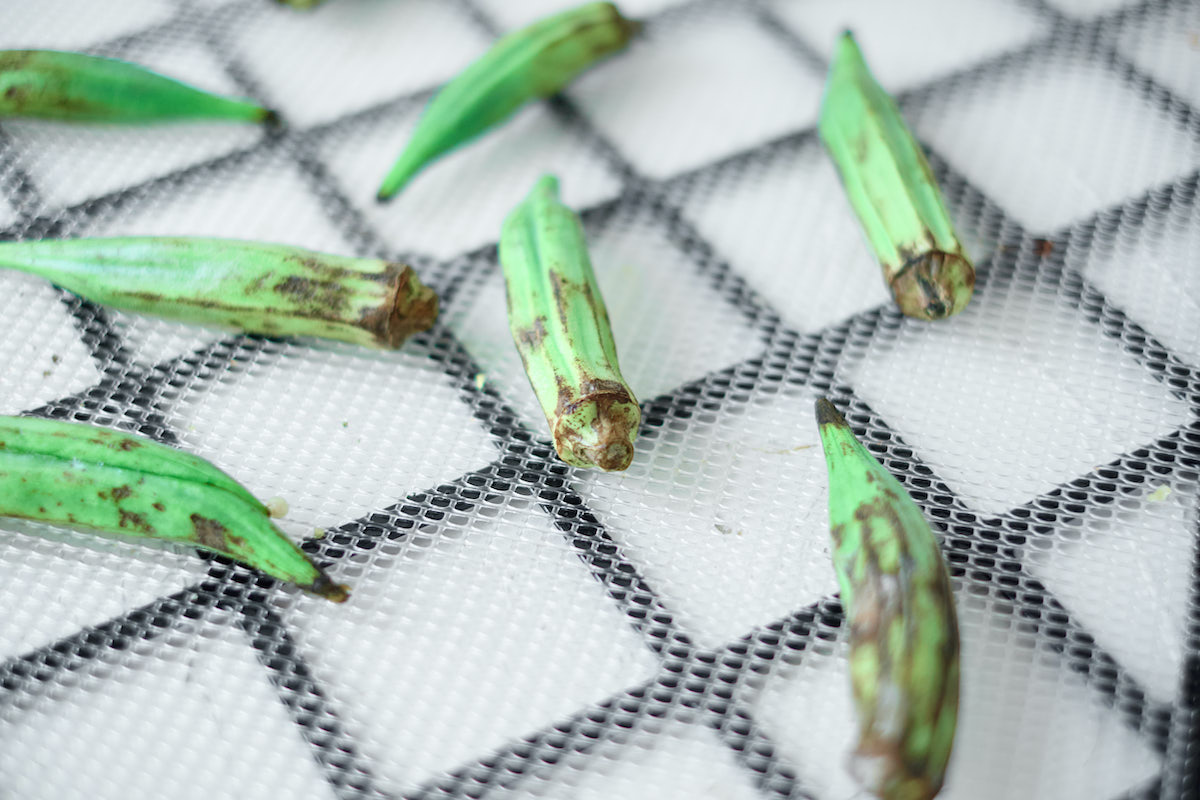
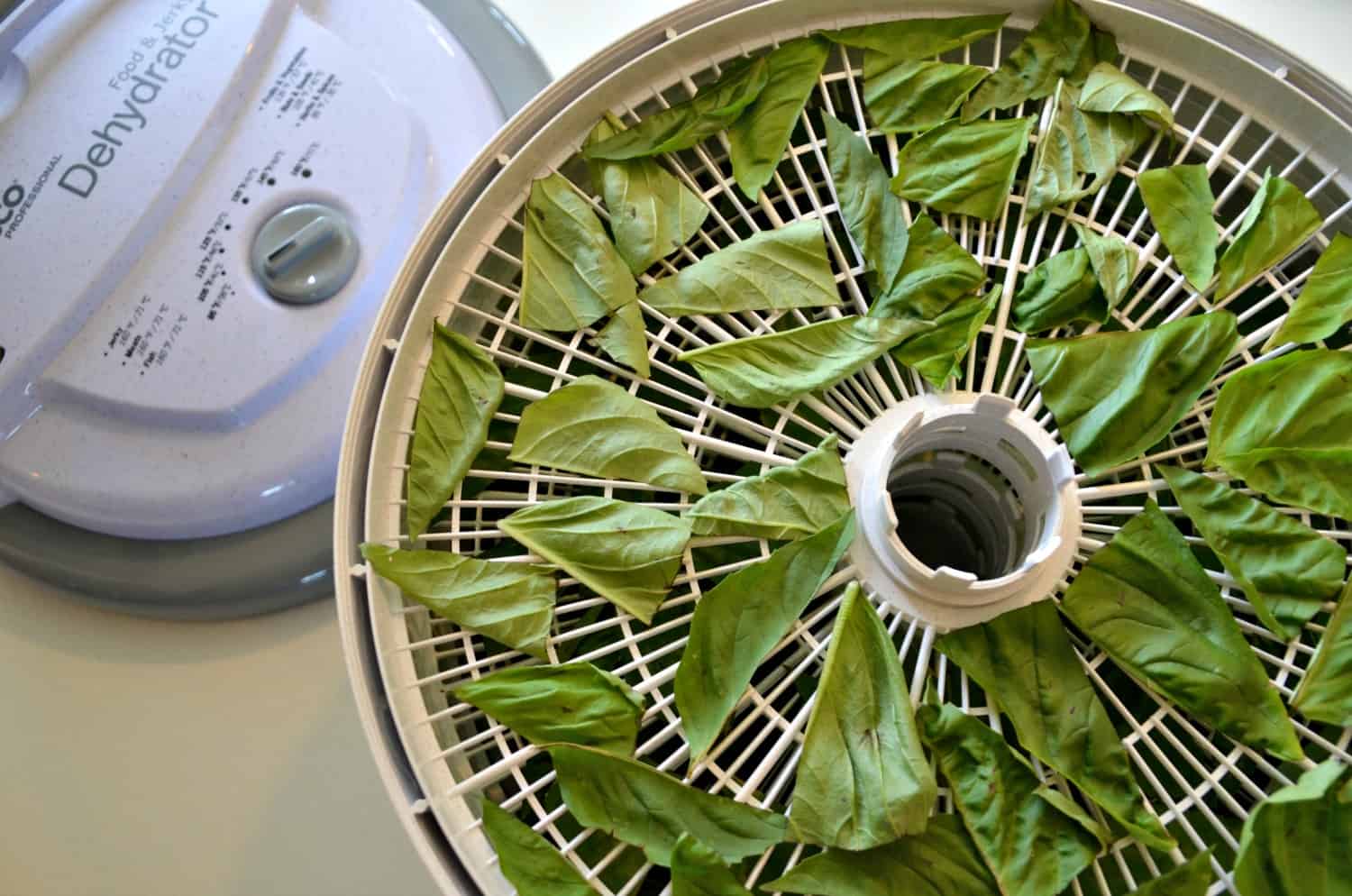


0 thoughts on “How Long To Dehydrate Thyme”